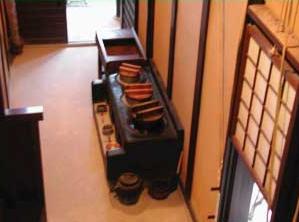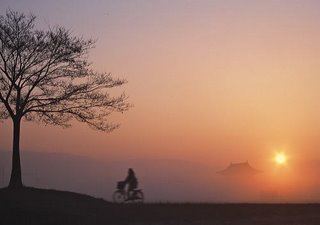Kohshin-san - Red good luck charms in Naramachi

It is also called “Negai-Zaru”, when you write your wish on their backs your wish would come true.
There is a “Shomen-Kongo-Zoh”, the blue faced statue called “Kohsin-san” in the Naramachi museum located in the center of Naramachi. According to the Chinese Koshin religion teaching Taoism which was spread among people as a folk religion in the Edo period, there are worms called “Sanshi-no-Mushi” in human’s body. They would slip out at night while the person is asleep to report the emperor if he had committed any crime on the day of “Kohshin”. People try to be awake the night of Kohshin-san’s visit every 60th day to attend the religious celemony. According to the belief, the report has a strong influence on the future of our lives.
If anyone still worried about the sprits, they can scare them away by hanging “Migawari-Zaru”, or by eating Konnyaku which the “Sanshi-no-mushi”, the worm hates.
Though people don’t follow the custom of staying up whole night anymore, the religious practice to hold the service for “Kohshin-san” is still alive in this area.
According to one theory, the “Kohshin religion” developed in the end of Nara period as a mixture of the Chinese Taoism and the Japanese original religion. God “Kohshin” was brought to Japan by the Taoist priests. The Naramachi Museum enshrines the “Shomem-Kongoh-Zoh” to succeed the Kohshin religion.










